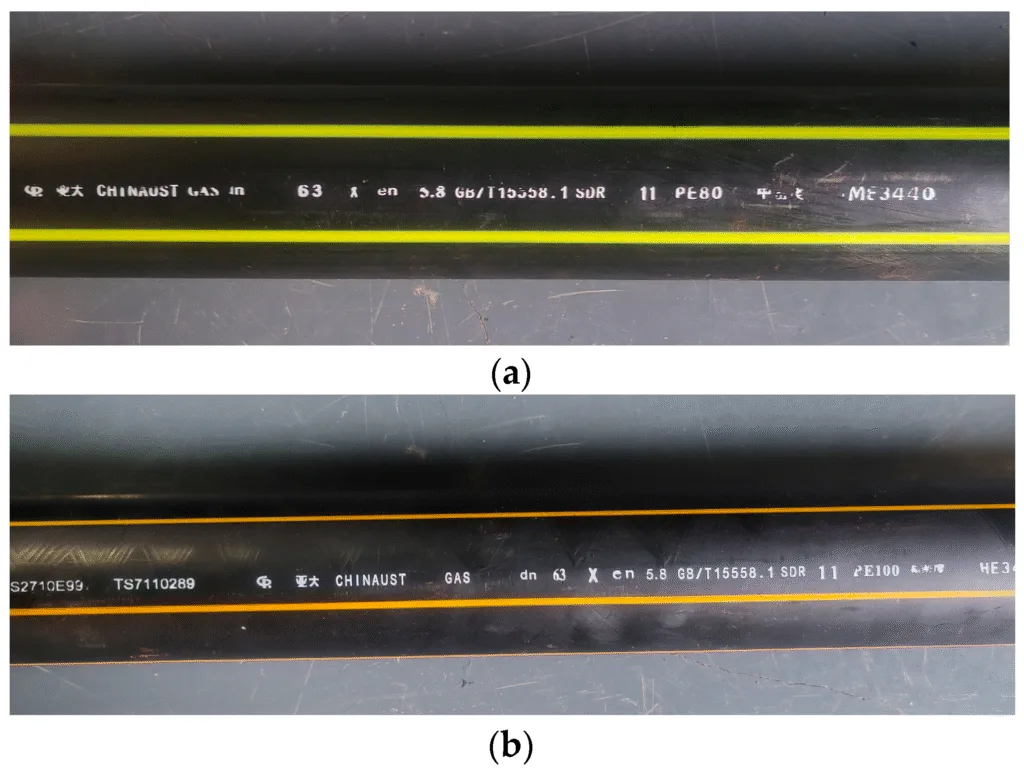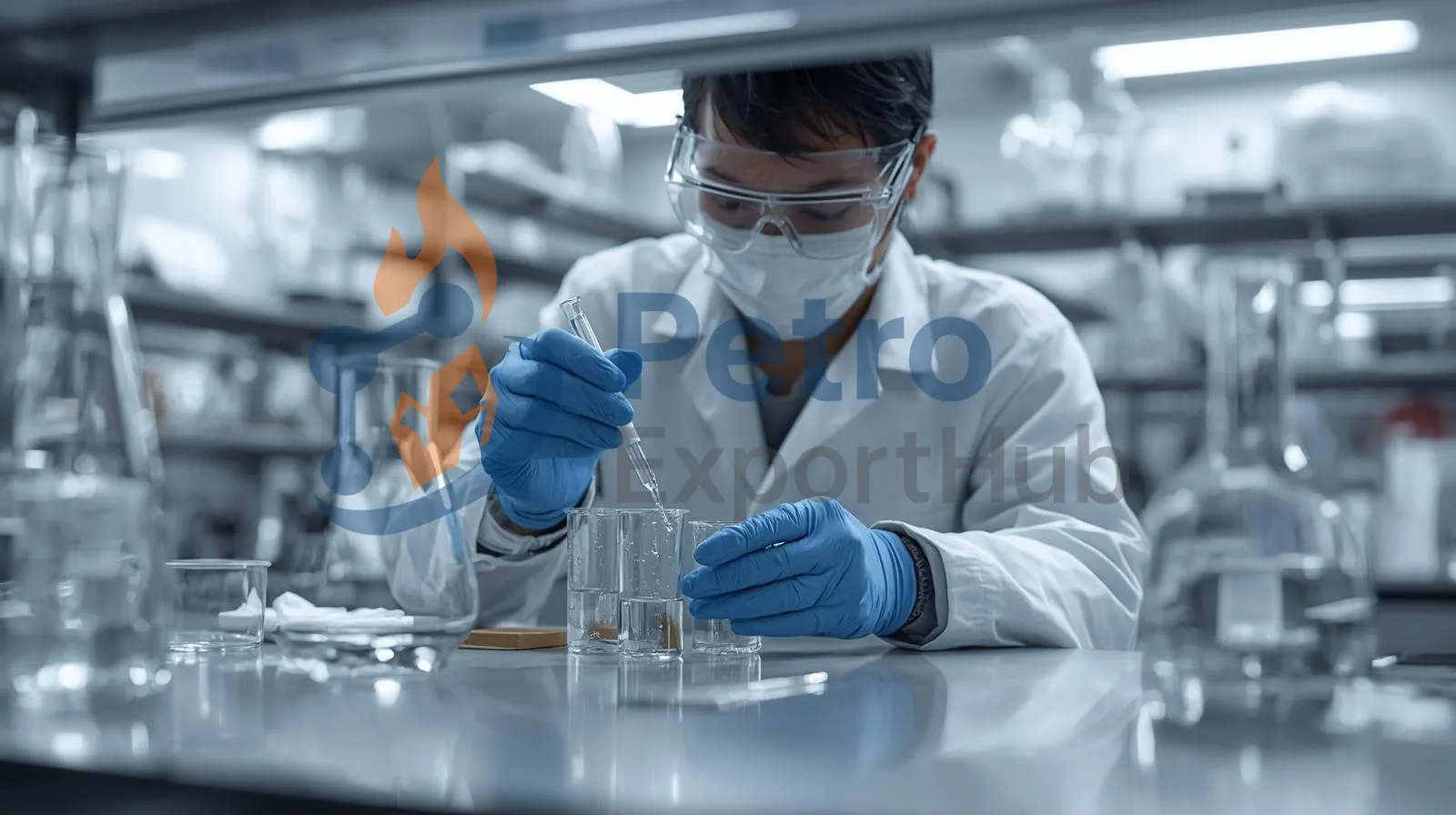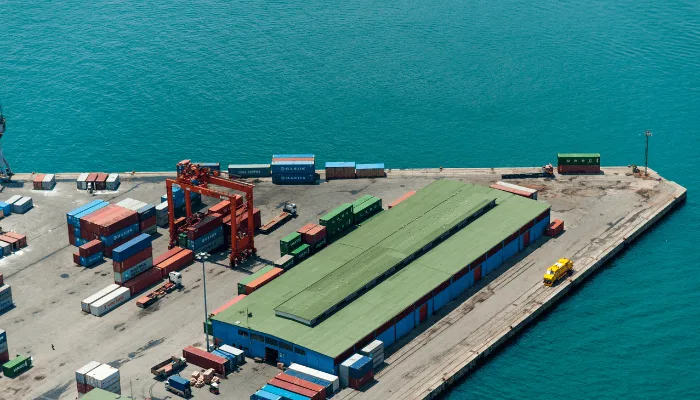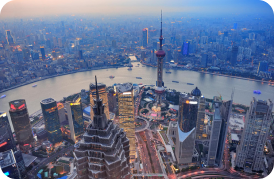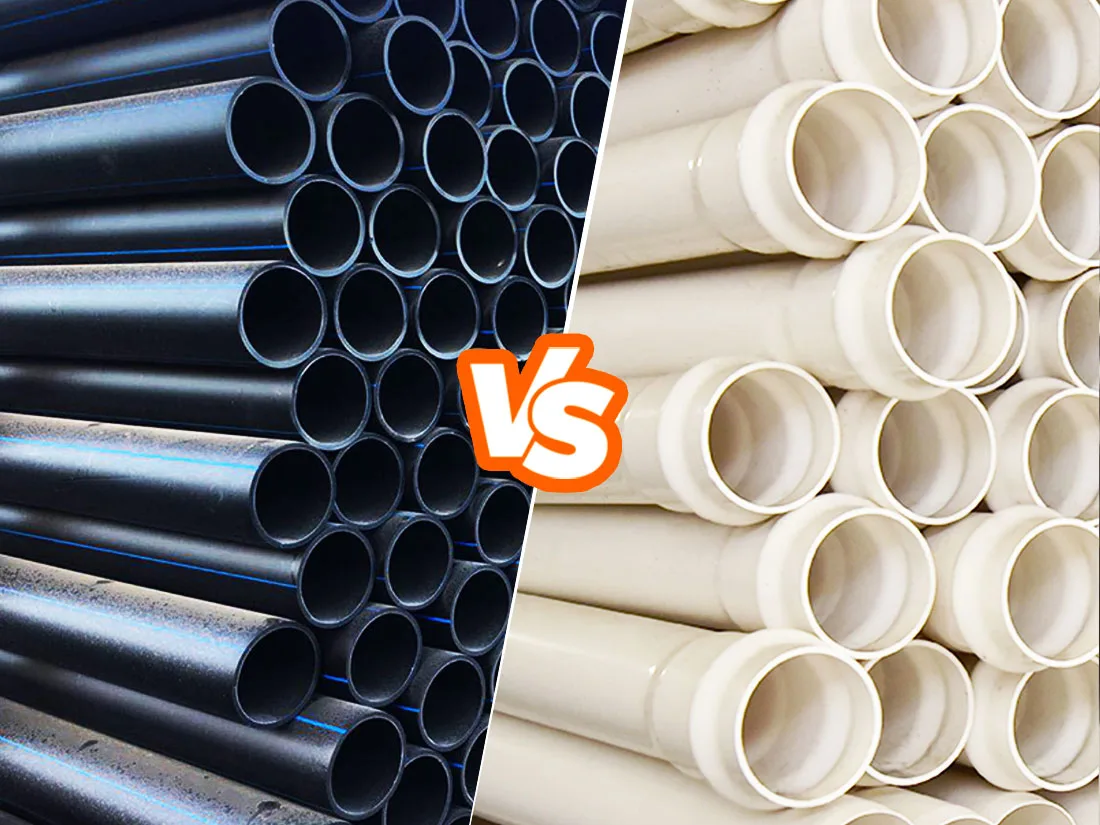
Introduction
Choosing the right pipe material isn’t only about technical specifications—it’s also about cost, lifecycle value, and practicality. With rising raw material prices and changing infrastructure demands, project managers are asking a familiar question: Is PE80 still a competitive alternative to steel and other piping options?
This article breaks down the real cost comparison of PE80, steel, and other alternatives, so exporters and contractors can make smarter purchasing decisions.
1. Material & Production Costs
PE80: Manufactured from medium-density HDPE, PE80 pipes are lightweight and require less energy-intensive production. This makes them cheaper upfront than steel.
Steel Pipes: Heavier, energy-intensive, and subject to global price fluctuations in iron and coal markets.
PE100 & Others: HDPE PE100 pipe offers higher strength but at a slightly higher price. Still, exporters supplying both PE100 PE80 grades can meet different cost-performance demands.
2. Installation Costs
PE80: Easy to handle, weld, and install. Its lightweight structure reduces transport costs and the need for heavy machinery.
Steel: Requires skilled labor, welding, corrosion protection, and specialized equipment—all adding to project expenses.
Other Alternatives: Ductile iron and PVC are common, but both come with handling and installation challenges compared to PE80.
3. Maintenance & Lifecycle Costs
PE80: Resistant to corrosion, scaling, and chemical reactions. Minimal maintenance needed, leading to long-term savings.
Steel: Prone to rust and corrosion unless treated with coatings, which add recurring costs.
PE100: Performs even better under HDPE PE100 pipe specifications, especially in high-pressure networks, but PE80 remains cost-efficient for low to medium pressure projects.
4. Durability & Performance vs Cost
PE80: Ideal for medium-pressure water, irrigation, and gas systems. Its lower cost makes it attractive for budget-sensitive projects.
Steel: Strong and rigid, suitable for very high pressures, but costly in both installation and maintenance.
PE100 vs PE80: While HDPE pe100 pipe offers superior performance, PE80 is often the better choice when long-term extreme pressure isn’t required.
PE80 vs Steel vs PE100: Cost & Performance Comparison
| Feature | PE80 (HDPE) | Steel Pipes | PE100 (HDPE) |
|---|---|---|---|
| Material Cost | Low – cost-effective raw material | High – subject to global metal price swings | Medium – slightly higher than PE80 |
| Installation Cost | Low – lightweight, easy handling | High – requires welding, heavy equipment | Low – similar to PE80, slightly more for thicker walls |
| Maintenance | Minimal – corrosion & chemical resistant | High – prone to rust, scaling, coatings needed | Very low – meets HDPE PE 100 pipe specifications for durability |
| Pressure Capacity | Medium – ideal for irrigation & water use | Very High – suited for industrial high-pressure | High – superior strength for gas & water mains |
| Lifespan | 40–50 years | 20–30 years (with maintenance) | 50+ years |
| Applications | Water supply, irrigation, medium gas use | Oil & gas, industrial high-pressure systems | Urban water networks, high-pressure gas, export pipelines |
5. Market Perspective
In many developing regions, governments are favoring PE80 for rural water supply and irrigation due to budget limitations. Meanwhile, industrial gas and urban infrastructure projects still prefer PE100 or steel. Exporters offering a full range—PE100 PE80—can cover both economic and high-performance market segments.
Conclusion
When comparing costs, PE80 has a clear advantage over steel in terms of production, installation, and maintenance. While steel remains necessary in certain high-pressure applications, PE80 provides a budget-friendly, durable, and efficient solution for medium-pressure networks. For exporters, maintaining a product mix of PE80 and HDPE pe100 pipe ensures flexibility and competitiveness across global markets.
Affordable Production – PE80 costs less to produce than steel pipes.
Lower Installation Costs – Lightweight handling reduces equipment and labor expenses.
Long-Term Savings – Corrosion resistance means fewer repairs and replacements.
Market Flexibility – Supplying both pe100 pe80 covers diverse project requirements.
- At PetroExportHub, we connect you with trusted HDPE suppliers ready for fast export.
- Info@PetroExportHub.com

Related posts
Mono Ethylene Glycol (MEG) serves as a cornerstone for modern antifreeze and coolant formulations, offering reliable freezing protection and heat resi . . .
Explore Solvent 100’s specs, uses, and export opportunities from Iran. Ideal for paint, ink, and adhesive buyers in India, Turkey, UAE, and Africa. . . .
Explore everything you need to know about exporting sulphur from Iran in 2024 — including types, packaging, documents, ports, prices, and top import . . .
Explore Iran’s top ports for petrochemical exports, including Bandar Imam Khomeini, Assaluyeh, and Bandar Abbas. Compare infrastructure, accessibili . . .
Learn the key differences between polypropylene (PP) and polyethylene (PE), their applications, advantages, and how to choose the right polymer for yo . . .
Discover how a Turkish plastics manufacturer reduced costs by 22% through importing HDPE from Iran. Real-world case study by PetroExportHub. . . .
Learn why Iran is a leading exporter of polyethylene (PE). Discover grades, global applications, and how PetroExportHub connects buyers with top suppl . . .
We are here to answer your questions....
Petro Export Hub
PetroExportHub specializes in the export of premium-grade petrochemicals, minerals, and industrial chemicals from Iran, serving international markets with reliability, transparency, and tailored logistics solutions
Tehran Office
Phone:
0214865484 | +989127607241
Address:
Tehran..
China Office
TEL :
0211400
Address:
Zhongzhou Bie Lu, Zhongcheng Street, Yiwu City, Zhejiang Province, China
Quick Access
Quick Access
- Contact Our Sales Team
- Frequently Questions
- Shipping & Logistics
- Become a Partner
- Certificatins & Quality


